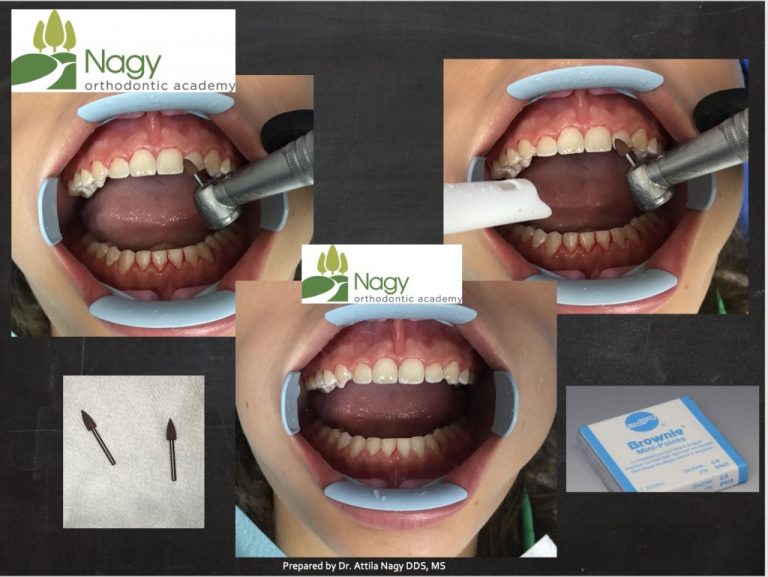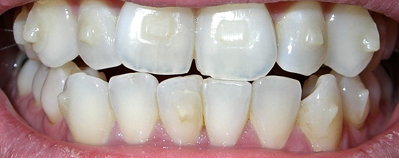Is Invisalign Cheaper Than Braces?
Last Updated on 6 months by DR. ALBIN SIPES
Invisalign is an orthodontic treatment that uses clear, removable aligners to gradually straighten teeth without the use of metal brackets or wires. Because Invisalign is nearly invisible, many people wonder if it is more expensive than traditional braces. The answer to this question depends on a number of factors, including the severity of your dental condition and the length of your treatment.
Are you considering Invisalign but worried about the cost? The short answer is: it depends.
The cost of Invisalign treatment can vary depending on a number of factors, including the severity of your misalignment, how long your treatment plan will take, and whether or not you have insurance. That being said, when it comes to orthodontic treatment, Invisalign typically carries a higher price tag than traditional braces. If you’re looking for a more affordable option for straightening your teeth, traditional braces may be the way to go.
However, keep in mind that the cost of braces can also vary depending on the type of braces you choose and how long your treatment plan will take. Ultimately, the best way to determine which type of orthodontic treatment is right for you is to consult with an experienced orthodontist.

Credit: drweberorthodontics.com
Which are Cheaper Between Braces And Invisalign?
There is no definitive answer to this question as the cost of both braces and Invisalign will vary depending on a number of factors, such as the severity of your dental condition, the length of treatment required, and the geographical location. However, in general, braces tend to be cheaper than Invisalign. This is because Invisalign is a more complex and sophisticated treatment that uses custom-made clear aligners to gradually straighten teeth.
Due to its advanced technology and innovative design, Invisalign tends to come with a higher cost compared to traditional braces.
Is Invisalign Faster Than Braces?
There are many factors that can affect the length of time it takes to achieve the desired results with Invisalign. Generally speaking, Invisalign is faster than braces when it comes to straightening teeth. This is because Invisalign uses a series of clear, custom-made aligners that gradually move your teeth into place over time.
With braces, on the other hand, metal wires and brackets are used to shift your teeth into place. However, there are some cases where braces may be the faster option. For example, if you have severely crooked teeth or a very complex dental issue, braces may be able to correct it in a shorter amount of time than Invisalign.
Every case is different, so it’s important to discuss all of your options with your orthodontist before making a decision.
What’S Cheaper Than Braces?
The most obvious answer to this question is that nothing is cheaper than braces. However, there are a few things you can do to help offset the cost of braces. One option is to enroll in a dental plan.
Many dental plans offer discounts on orthodontic treatment, so this could be a great way to save money on braces. Another option is to see if your insurance will cover any of the cost of braces. Some insurance companies will reimburse part or all of the cost of orthodontic treatment, so it’s definitely worth checking into this possibility.
Finally, you could try negotiating with your orthodontist for a lower price. Many orthodontists are willing to work with patients on the cost of treatment, so it’s definitely worth asking about this possibility.
Braces vs Invisalign: Cost, Tooth Pain, Speed, etc – The ULTIMATE Review 🔥
Is Invisalign Faster Than Braces
If you’re considering Invisalign to straighten your teeth, you may be wondering how long the treatment will take. After all, everyone chooses to wear braces for the short time! So, is Invisalign faster than braces?
The answer is: it depends. Invisalign is often touted as a quicker alternative to traditional braces, and in some cases that may be true. But it really depends on the severity of your dental issue and how well you adhere to the treatment plan.
In general, Invisalign works by gradually moving your teeth into place using clear, removable aligners. The standard protocol for Invisalign treatment involves wearing each set of aligners for approximately two weeks, after which they are switched out for the next set in the series. The number of aligners needed varies from patient to patient but typically ranges from 18-30.
So how does this compare to traditional braces? Well, with traditional braces, your orthodontist will need to make periodic adjustments which can lengthen the overall treatment time. Additionally, patients who don’t comply with their treatment plan (e.g., not wearing their rubber bands as prescribed) can also expect a longer treatment time.
In short, if you have a relatively simple dental issue and you’re diligent about following your Invisalign treatment plan, you can expect shorter treatment times than with traditional braces. However, if your dental issue is more complex or you’re not so great at following directions, then traditional braces may ultimately be faster!
Is Smile Direct Club Cheaper Than Braces
If you’re considering Smile Direct Club vs braces, the cost is an important factor to consider. Here’s a breakdown of the cost of each option:
Smile Direct Club: The average cost of Smile Direct Club is $2,600.
This includes the impression kit, 3D imaging, and at-home teeth aligners.
Braces: The average cost of braces is $5,000. This includes consultation, X-rays, fittings, and monthly adjustments.
Insurance may cover a portion of this cost.
Is Invisalign More Painful Than Braces
There is a lot of debate out there about which is more painful- Invisalign or braces. While it really varies from person to person, we tend to think that Invisalign is less painful overall. Here’s why:
With braces, you’re constantly adjusting to the wires and brackets, which can rub against your gums and cheeks and cause irritation. You also have to be careful about what you eat and how you brush your teeth since anything that gets caught in the braces can be extremely painful. Invisalign doesn’t have any of those problems!
The aligners are made of smooth plastic, so they won’t irritate your gums or cheeks. And since they’re removable, you can eat whatever you want and brush your teeth normally. Of course, there are some downsides to Invisalign.
One thing to keep in mind is that Invisalign tends to come with a higher price point than traditional braces. And secondly, they require a lot of discipline- if you don’t wear them for at least 22 hours a day, they won’t work properly! So overall, we think Invisalign is less painful than braces- but it really depends on the person.
If you have any questions or concerns about which treatment is right for you, feel free to contact us today!
Invisalign Vs Braces Pros And Cons
Invisalign vs braces is a common debate, as both options have their pros and cons. Here is a detailed look at the advantages and disadvantages of each option to help you make the best decision for your smile:
Invisalign Pros:
- Invisalign aligners are nearly invisible, so they are much more cosmetically appealing than metal braces.
2. You can remove your Invisalign aligners for eating and drinking, making it easier to maintain good oral hygiene.
3. Since Invisalign aligners are removable, you can also brush and floss normally without any special restrictions. Invisalign Cons: -Invisalign treatment typically costs more than traditional braces.
4. You must be diligent about wearing your aligners as directed in order for treatment to be effective.
5. If you do not wear your aligners as directed, treatment could take longer or be less effective overall.
Braces Pros:
1. Braces are generally less expensive than Invisalign treatment.
2. Braces cannot be removed (except by an orthodontist), so they may require less self-discipline on the part of the patient.
3. Metal braces tend to be more durable than clear plastic aligners and can withstand more wear and tear.
4. Some patients feel that metal braces provide a faster and more effective treatment than Invisalign.
Braces Cons:
- Metal braces are highly visible and can affect how others perceive you.
2. Braces can make it difficult to brush and floss effectively, which could lead to cavities or other dental problems.
3. Some patients find metal brackets and wires irritating to the inside of their mouths.
4. Like Invisalign, if you do not follow instructions from your orthodontist, treatment could take longer or be less effective.
Braces Vs Invisalign for Overbite
There are many things to consider when choosing between braces and Invisalign for overbite correction. The most important factor is the severity of the overbite. If the overbite is very mild, Invisalign may be the best option.
If the overbite is more severe, braces may be necessary. Another factor to consider is cost.
However, there are many financing options available for both treatments, so cost should not be the only deciding factor. Finally, it is important to consult with an orthodontist to see which treatment they recommend for your specific case. They will be able to assess the severity of your overbite and give you their professional opinion on which treatment will work best.
Conclusion
If you’re considering Invisalign over braces, you may be wondering if it’s more affordable. In general, Invisalign is less expensive than traditional braces for simple cases.
However, for more complex cases, Invisalign can be more expensive. The best way to know for sure which option is more affordable for you is to consult with an orthodontist.


